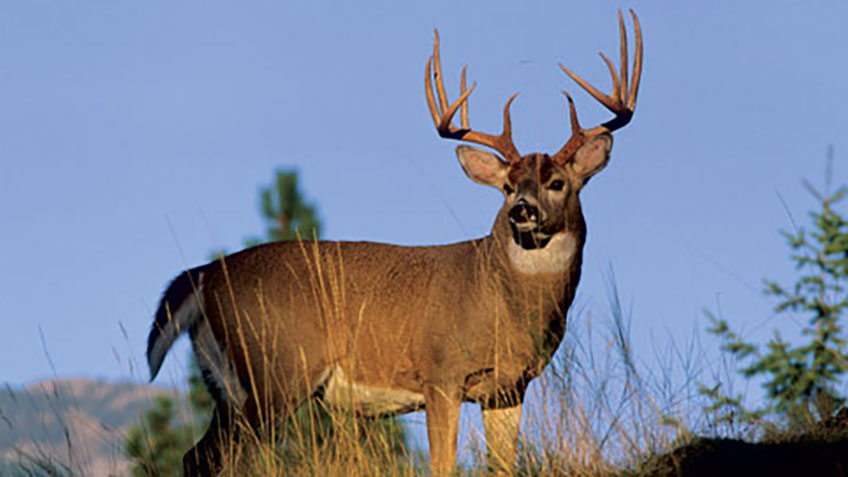
When you hunt whitetails for 70 to 80 days a season like I do, you find out a lot about the deer, and yourself. One big thing I’ve learned the last few years is that I didn’t know as much about the habits and hunting of mature bucks as I thought I did. That revelation has been humbling, but good, because it has forced me to change some of my ways, and tweak some of my other strategies. Use my new rules to upgrade your game and shoot a big deer this fall.
I Hunt While It’s Hot
Don’t waste time while a spot is “buck hot.” One day a buddy drilled a 10-pointer with his bow from a lock-on treestand near an alfalfa field. I drove our Rhino over at dusk, and we stomped around for 30 minutes. I was supposed to be looking for blood splatter, but I got big-eyed with all the trails and shiny rubs (20 that I could see) in the grassy funnel between the bedding timber and the grain. Steve hollered, “Here he is!” We weren’t quiet as we dragged his 10-pointer, loaded it and rattled off across the field.
The next afternoon I squatted in Steve’s stand and drew an arrow on the third buck that tipped through the grass to me. The 140-incher crashed down about 30 yards from where my friend’s deer had expired.
The experts once preached that after you or a buddy kill (or miss) a buck, you ought to rest that stand for a few days or a week; let the woods and the deer settle before hunting there again (hmm, think I wrote that once or twice). Nah. Go back in as soon as you can. The deer are there for a reason—the feed is sweet, a doe smells sweet, whatever. They will often give you a second or even a third chance before your intrusion moves them. The key: There’s got to be a lot of sign, and it’s got to be hot, just days old. There’s got to be a powerful draw that brings the bucks back for a few more days....





































